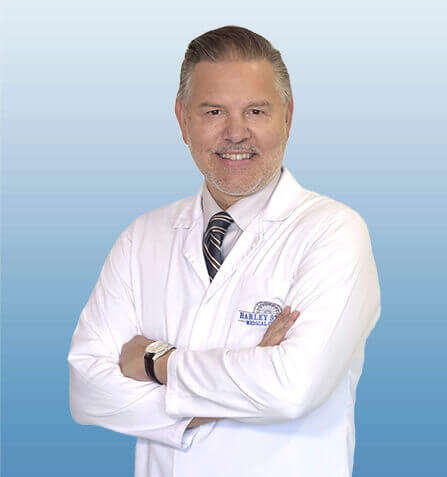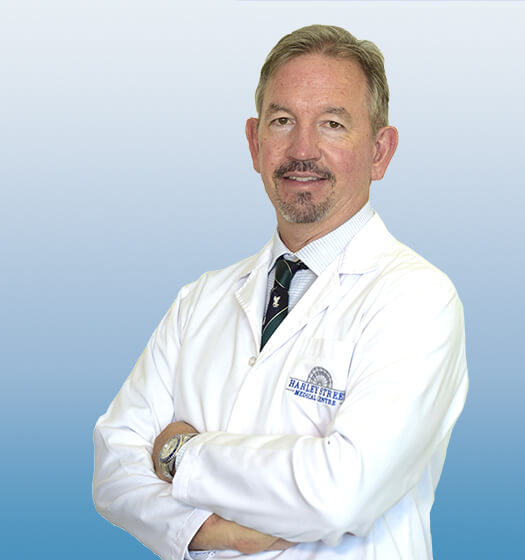SHOULDER JOINT REPLACEMENT
The shoulder is a highly movable body joint that allows various movements of the arm. It is a ball and socket joint, where the head of the humerus (upper arm bone) articulates with the socket of the scapula (shoulder blade) called the glenoid. The two articulating surfaces of the bones are covered with cartilage, which prevents friction between the moving bones. The cartilage is lubricated by synovial fluid. Tendons and ligaments around the shoulder joint provide strength and stability to the joint.
When the cartilage is damaged, the two bones rub against each other resulting in pain, swelling and stiffness of the joint (osteoarthritis).
Total shoulder replacement surgery is performed to relieve these symptoms. In this surgery, the damaged articulating parts of the shoulder joint are removed and replaced with artificial prostheses. Replacement of both the humeral head and the socket is called a total shoulder replacement.
INDICATIONS
Total shoulder joint replacement surgery is indicated for conditions such as osteoarthritis or rheumatoid arthritis when medication, injections, physical therapy, and activity changes do not help relieve pain. Your doctor recommends surgery when you have the following symptoms:
- Severe shoulder pain that restricts daily activities
- Moderate to severe pain during rest
- Weakness and/or loss of motion
DIAGNOSIS
To decide whether total shoulder replacement is a good option for you the surgeon will evaluate your condition thoroughly.
Your surgeon reviews your medical history and performs a physical examination of your shoulder to assess the extent of mobility and pain. Imaging tests such as X-ray or MRI (magnetic resonance imaging) are ordered.
PROCEDURE
The surgery is done under regional or general anesthesia. An incision is made over the affected shoulder and the underlying muscles are separated to expose the shoulder joint. The surgery may be performed as open surgery, where a large incision is made, or minimally invasive, where small incisions are made to insert an arthroscope (a thin tube with a camera and light source) and surgical tools.
The upper arm bone (humerus) is separated from the glenoid socket of the shoulder bone. The arthritic or damaged humeral head is cut and the humerus bone is hollowed out and filled with cement. A metal ball with a stem, is gently press fit into the humerus.
Next, the arthritic part of the socket is prepared. The plastic glenoid component is fixed in the shoulder bone.
After the artificial components are implanted, the joint capsule is stitched and the wound is closed.
POST-OPERATIVE CARE
After the surgery, pain medications and antibiotics are prescribed to control pain and prevent infection. Your arm may be secured in a sling or cast. The rehabilitation program includes physical therapy, which is started soon after the surgery and is very important to strengthen and provide mobility to the shoulder. You may be able to perform gentle daily activities two to six weeks after surgery.
RISK & COMPLICATIONS
There is no cure for arthritis, so beware of ‘miracle cures’. Your doctor may prescribe anti-inflammatory medicine. They may recommend occupational therapy or physiotherapy, which includes exercises and heat treatment. In severe cases, surgery may be suggested. The type of surgery will depend on your age and severity of the disease. In the elderly with severe arthritis, joint replacement can give good results. Common surgery for treatment of shoulder arthritis arthroplasty (replacement of the damaged joint) may be total shoulder arthroplasty or hemiarthroplasty.
SUMMARY
Shoulder replacement surgery involves the replacement of the shoulder joint with artificial components to relieve pain and provide improved mobility of the shoulder joint when other conventional methods fail to provide relief. As with any surgery, shoulder replacement also has risks and complications. It is important you thoroughly discuss both its risks and benefits with your surgeon before undergoing the surgery.









